Red, Cloudy, or Painful: Understanding Eye Problems in Pets
A dog returns from the yard squinting and pawing at one eye, or a cat wakes up with a crusty lid that will not open. Pet owners often wonder if redness, cloudiness, or tearing can wait a day. The truth is that eye problems can progress quickly and may cause permanent vision loss without timely care.
At Carolina Virginia Animal Hospital in Providence, NC, our veterinarians understand how conditions like conjunctivitis, corneal ulcers, or glaucoma can worsen in hours. Quick evaluation is essential to protect your pet’s comfort and sight.
Common Eye Problems in Pets: What You Need to Know
Conjunctivitis: Recognizing the Red Eye
When your pet’s eye looks red, swollen, and irritated, conjunctivitis is one of the most common culprits. This inflammation of the conjunctiva may cause thick discharge, tearing, light sensitivity, and frequent pawing at the eye.
Conjunctivitis in dogs and cats can be triggered by bacterial or viral infections, allergies, eyelid abnormalities, or irritants such as dust or smoke.
Treatment usually includes cleaning, prescribed eye medications, and preventive measures like regular grooming and maintaining a clean environment. Our wellness and preventive care programs include eye health evaluations that help identify issues before they become serious.
Corneal Ulcers: A Serious Concern
A corneal ulcer, or erosion of the cornea, causes significant pain and can lead to permanent vision loss if not addressed quickly. Pets may squint, blink rapidly, resist touch near the eye, or rub their face against objects.
Corneal ulcers in pets often result from scratches, foreign objects, dry eye, or chemical exposure. Breeds with protruding eyes, like Pugs, Shih Tzus, and Persians, are at higher risk because their corneas are more exposed.
Even tiny defects are extremely painful because the cornea has a dense nerve supply. Immediate veterinary care is crucial. Without treatment, ulcers can deepen or perforate, sometimes requiring surgical intervention. Treatments may involve protective drops, antibiotics, pain relief, and occasionally grafting procedures to promote healing.
Dry Eye
Keratoconjunctivitis sicca (KCS) is better known as “dry eye,” a condition where the tear glands don’t produce enough tears to protect the surface of the eye. Without adequate lubrication, pets may show signs such as redness, thick discharge, and frequent squinting. Left untreated, this dryness can progress to corneal damage, scarring, or vision loss. Most pets need lifelong medications to increase tear production and the use of artificial tears for added comfort.
Glaucoma: Understanding the Silent Threat
Glaucoma develops when pressure inside the eye builds and damages the optic nerve. By the time the eye looks cloudy or enlarged, irreversible vision loss may already have occurred.
Canine glaucoma can be primary, meaning inherited and more common in breeds such as Basset Hounds and Cocker Spaniels. It can also be secondary, caused by trauma, lens luxation, or inflammation.
Both forms require urgent treatment to relieve pressure and preserve comfort. Regular veterinary exams, including eye pressure checks, are the best defense for early detection. Medications, laser therapy, or surgery may be recommended to slow progression and maintain vision.
Nuclear Sclerosis and Cataracts: Knowing the Difference
As pets age, many owners notice cloudy eyes. This can be a sign of either cataracts or nuclear sclerosis. The two conditions look similar but have very different outcomes.
Nuclear sclerosis is a normal aging change where the lens becomes denser and takes on a bluish-gray haze. Pets with this condition usually maintain functional vision because light can still pass through the lens.
Cataracts appear as white, opaque spots that block light from entering the eye. They can cause partial or complete blindness if untreated. Cataracts may develop due to aging, genetics, diabetes, trauma, or inflammation inside the eye. Certain breeds, including Cocker Spaniels, Poodles, Siberian Huskies, and Labrador Retrievers, are predisposed.
Early detection matters because pets with cataracts can sometimes be good candidates for surgical correction. Delayed treatment can result in complications such as glaucoma or lens-induced inflammation, which make management more difficult.
Additional Eye Conditions to Monitor
Breed Risks and Genetic Predispositions
Certain breeds are more prone to inherited eye problems. Hereditary conditions in dogs include cataracts, retinal atrophy, and lens luxation.
Regular screening is important because some issues appear later in life and may not be obvious to owners. Flat-faced breeds face risks like corneal trauma, while deep-set-eyed breeds may develop different inherited conditions. Early detection improves treatment outcomes and comfort.
Outdoor Hazards: Be Aware of Foxtails and Foreign Bodies
Environmental dangers can cause painful eye injuries. Foxtails in dogs are particularly dangerous because their sharp barbs can penetrate tissue and migrate, causing infection or vision loss.
Other debris such as seeds, grass, or dust can lodge in the eye and scratch the cornea. After outdoor activity, check your pet’s eyes for irritation and flush them with sterile saline if needed. If an object is embedded, avoid removing it at home and seek veterinary care immediately.
Structural Issues and Anomalies
Some eye issues result from anatomy rather than injury.
- Entropion in dogs occurs when eyelids roll inward, making lashes rub painfully against the cornea.
- Cherry eye develops when the tear gland in the third eyelid prolapses, creating a red swelling in the corner of the eye.
Both can cause chronic irritation and, if untreated, may result in long-term problems like dry eye. Surgery typically provides excellent outcomes and lasting relief.
Eye Emergencies and Urgent Care: What to Do
Identifying Vision-Threatening Emergencies
Some conditions worsen within hours. Ocular emergencies include sudden pain, swelling, trauma, or abrupt changes in appearance. Pets may resist handling, lose appetite, or become irritable.
Sudden blindness should always be treated as an emergency because early intervention can sometimes restore vision. When in doubt, contact Carolina Virginia Animal Hospital right away for guidance.
Surgical Interventions and Advanced Care
Certain eye diseases require surgery for lasting relief. Our surgical services include procedures for eyelid corrections, cherry eye repair, and more advanced ophthalmic surgeries to relieve pain and restore function.
Careful aftercare, including preventing scratching, giving medications on schedule, and attending follow-up visits, plays a critical role in success. With proper management, most pets recover well and enjoy lasting comfort.
Living with Pet Eye Problems: Practical Tips
Managing Chronic Eye Disease
Some eye conditions, such as pannus and glaucoma, require lifelong management. Daily medications, protective eyewear or UV avoidance, and consistent check-ups help control inflammation and preserve vision.
Consistency is crucial. Missed treatments can allow disease to progress quickly, leading to irreversible complications.
Helping Vision-Impaired Pets Thrive
Blind or vision-impaired pets can still live happy, active lives. Tips for living with blind pets include keeping furniture in consistent locations, using textured mats or rugs to guide movement, and adding bells or verbal cues for orientation.
With patience and adaptation, many pets rely on smell, sound, and touch to adjust successfully, often strengthening their bond with their families.
The Value of Veterinary Relationships
Building Trust with Your Vet
Strong communication with your veterinarian ensures the best possible care. Regular wellness visits create a baseline for your pet’s health, allowing subtle changes to be caught early.
Sharing details about changes in your pet’s eyes, such as squinting, rubbing, or behavioral shifts, helps veterinarians make accurate diagnoses and tailor treatment to your pet’s specific needs.
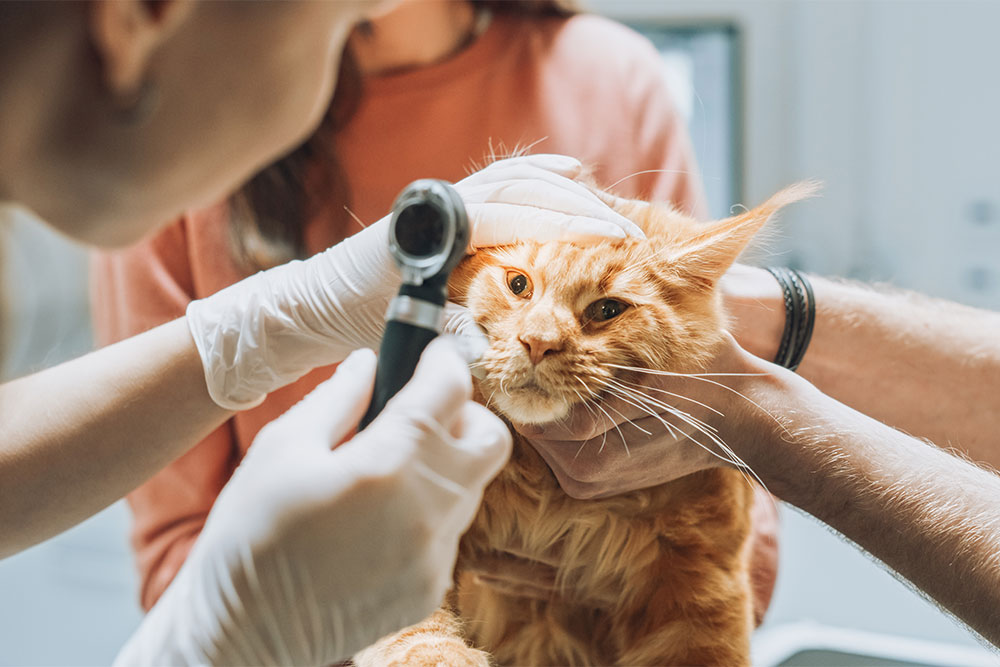
Carolina Virginia Animal Hospital’s Commitment
At Carolina Virginia Animal Hospital, we provide comprehensive care for pet eye problems, from routine exams to advanced surgical treatments. Our Care Plans make essential veterinary services more accessible and affordable.
Our team combines medical expertise with compassion, ensuring families are informed, supported, and confident in every decision about their pet’s eye health.
Take Action for Your Pet’s Eye Health
Eye conditions can worsen rapidly, even when they look minor at first. If you notice squinting, discharge, redness, cloudiness, or changes in your pet’s vision, same-day evaluation offers the best chance for a positive outcome.
Carolina Virginia Animal Hospital provides full diagnostics, surgical options, and emergency support for urgent eye issues. Call us at 336.388.2021 to schedule an exam or book an appointment today to protect your pet’s vision and comfort.

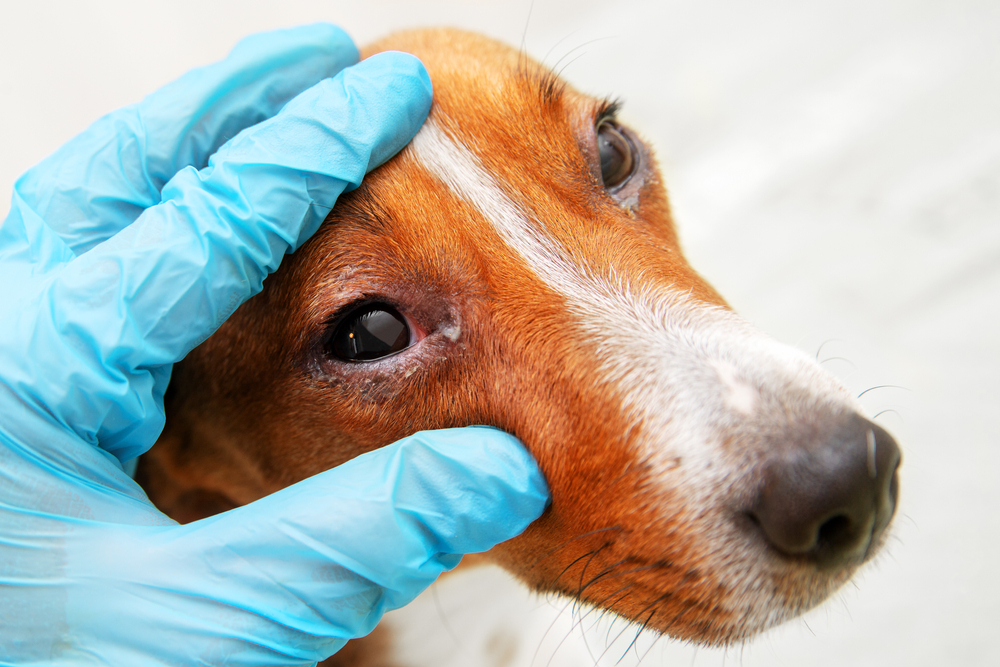
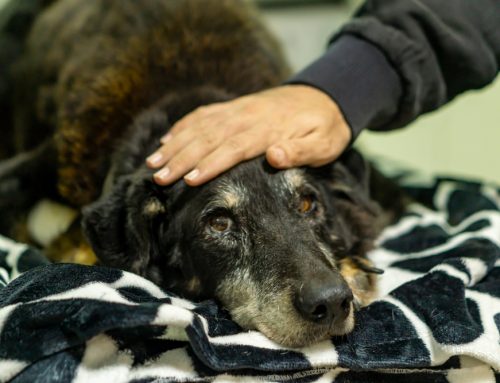
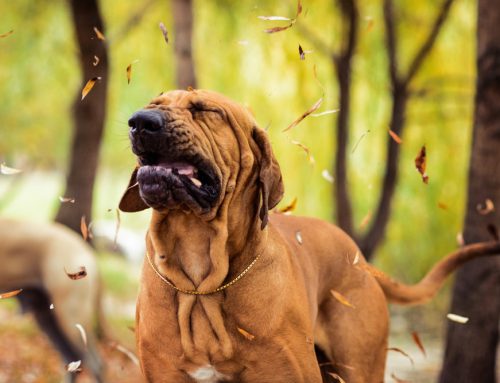
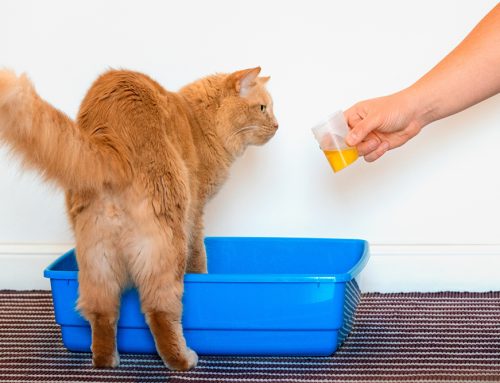
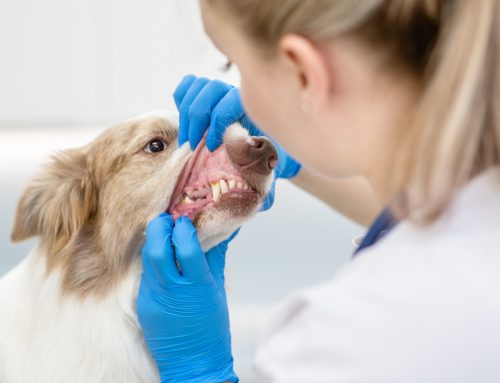

Leave A Comment